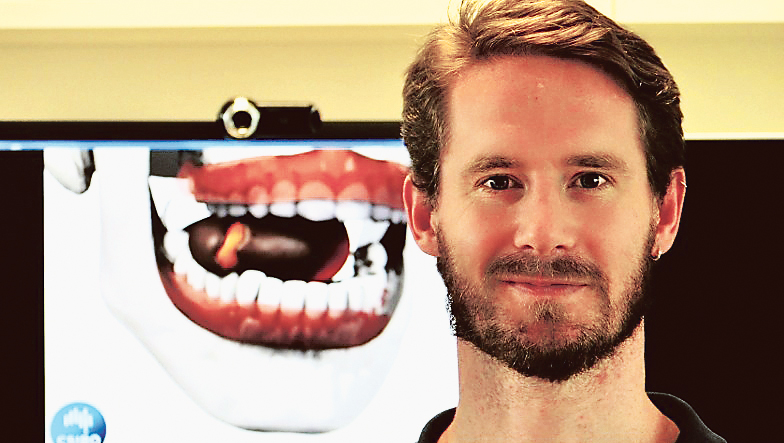Werribee scientists are using world-first technology to investigate the role that chewing has on food and health.
Biomechanical engineer and CSIRO Werribee computer modeller Simon Harrison said the world’s first 3D dynamic virtual mouth would provide detailed insights for developing healthier foods.
“In polite company, we can’t see inside someone’s mouth while they’re eating and, until now, it has not been possible to view how the chewing process alters food,” Dr Harrison said.
“Using a cutting-edge technique called smooth-particle hydrodynamics, we have developed a virtual mouth … it predicts how a particular food breaks down and how flavour is released in the mouth. It also shows the distribution and interaction of components such as salt, sugar and fat.
“Through this technology we can view and analyse how food at the microscopic level works in the mouth and how it influences taste.”
The data will be used to help develop foods that are lower in salt, sugar and fat without changing taste.
CSIRO food materials scientist Leif Lundin believes the benefits for the food industry could be enormous.
“This technology will give food and ingredient manufacturers the ability not only to model the breakdown of a complex food product but also the individual components,” Dr Lundin said.
“Our research should also help create new taste sensations that could find their way into new products on our supermarket shelves.”







